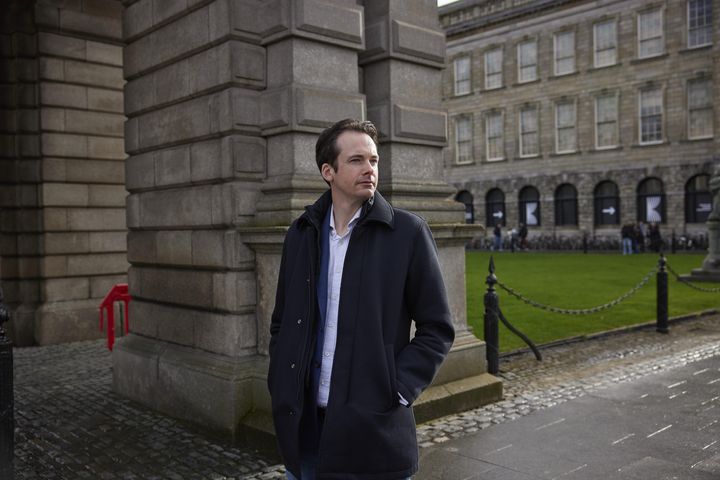
That’s according to new research published today in the journal Nature by an international team of scientists, including Professor Tomas Ryan, School of Biochemistry and Immunology at Trinity College Dublin and the Trinity College Institute of Neurosciences (TCIN).
Prof Ryan has conducted previous research on how engrams – physical or chemical changes in brain cells – can create memories in the brain.
Over the past decade and a half or so neuroscientists have discovered engrams for all kinds of memories in the mouse brain, such as memories of fear, pleasure and pain, through to the ability to navigate a maze.
This latest research, however, is the first time that scientists have shown that the brain can lay down memories of an experience of cold.
“It is important that we humans remember cold experiences in our brains, in order to control our metabolism as temperatures change,” said Prof Ryan.
The temperature that we are exposed to changes constantly depending on the time of day, our location and the season.
In order to keep our body temperature constant at 37C it is crucial that our brains are capable of detecting, even predicting, when it’s cold, and signal to the body that it needs to stay warm by burning more brown fat.
The team of researchers behind this study, based at the TCIN in Dublin, Princeton University School of Medicine, and Mount Sinai New York and Columbia University wanted to test whether the brain had engrams for cold experiences.
To do that they had to first test whether the brain could make cold memories in the first place.
The scientists decided to train mice to associate being cold, at 4C, with visual clues the researchers placed in their environment that the mice would only see when they were experiencing this cold.
After a few days the same mice were presented with the same visuals, but at a room temperature of 20C. It was found that the mice, despite the temperature, began to regulate their body by producing heat.
This proved that the mice made memories of cold experiences that were linked to certain visual clues, and that they adjusted their metabolism in response in anticipation of cold, even when not experiencing cold.
Using optogenetics – a technique that gives control over how cells ‘talk’ to each other – scientists developed a way to artificially stimulate the cold memory engrams in a region of the brain called the hippocampus, which, in turn, triggered thermogenesis, or heat production, in the mice.
“The body is constantly forming memories and making predictions about the world based on our beliefs and experiences,” said Prof Ryan.
“There are numerous diseases, including obesity, and certain forms of cancer, for example that could be treated in the future by manipulating the thermoregulation of brown adipose tissue.”
The research was supported by Research Ireland, the European Research Council and the Air Force Office of Scientific Research Cognitive and Computational Neuroscience program in the USA.
#Scientists #Trinity #College #Dublin #discover #brains #making #cold #memories







